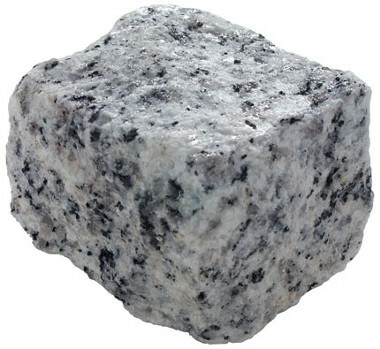Have you ever heard of chromosomes? Chromosomes are structures formed by DNA which are located in the core of the eukaryotic cell. It is also on the chromosome where the genes. Next, we'll talk more about this important framework.
→ What is the chromosome like?
The chromosome is a structure formed by highly condensed DNA. When cells are not dividing, chromosomes cannot be distinguished as they are in the form of a long fiber, however, when the cell goes to divide, the strands of DNA, associated with proteins, start to wind on themselves, forming you chromosomes.
The name of chromatin is given to the complex formed by DNA and proteins. The proteins present in chromatin help to guarantee the structure of chromosomes and also act on the activity of genes.
Genes are the regions of DNA that have necessary information about all the characteristics of our body.. Each gene occupies a fixed location on chromosomes, so it is possible to identify, for example, the gene responsible for a certain disease in a person.
Chromosomes can be found duplicated or not. In duplicated chromosomes, there are two sister chromatids, which are copies of the chromosome from which they originated. Chromatids have the centromere, which is a place where they are located close to each other. The part on each side of a centromere is called the arm (See figure at the beginning of the text).
→ How many chromosomes are there in each cell?
The number of chromosomes varies from species to species. In humans, there are 46 chromosomes in somatic cells (all cells in the body except reproductive cells). In reproductive cells, there are only 23 chromosomes, half the number of the species. This is important because, at the time of fertilization, sperm and oocytes fuse together, thus restoring the number of chromosomes. In the fruit fly, there are eight chromosomes in the cells of your body and four chromosomes in the sex cells, which also fuse during reproduction.



